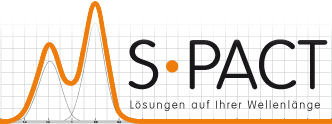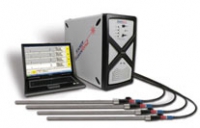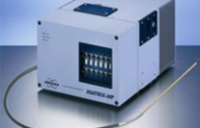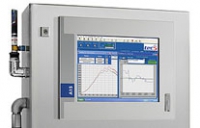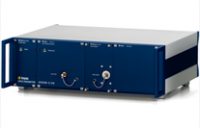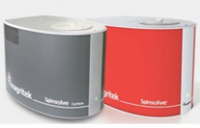Advanced process spectrometers are the heart of our solutions. They have been designed specifically for the online use in process environments. Within the wide variety of available equipment, S
•PACT is your
independent guide to the hardware solution that suits you best. Naturally, for the benefit of our customers, we have entered into
alliances with renowned manufacturers such as Bruker Optics, Kaiser Optical Systems and tec 5.
- Manufacturers: Endress+Hauser, Tornado, Bruker, tec5, Polytec, Magritek, Horiba, Mettler, Thermo, ...
- Technologies: Raman, MIR, UV-Vis, NIR, NMR
Learn more about our process spectrometers, e.g. from our
application notes or from a
free feasibility study.

